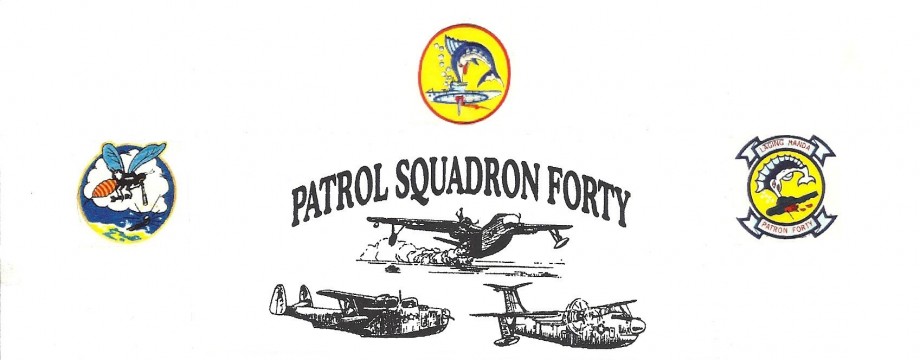Pilots – go figure
One fine hot summer afternoon there was a Cessna 150 flying in the pattern at a quiet country airfield. The Instructor was getting quite bothered with the student's inability to maintain altitude in the thermals and was getting impatient at sometimes having to take over the controls. Just then he saw a twin engine Cessna 402 5,000 ft. above him and thought, "Another 1,000 hrs of this and I qualify for that twin charter job! Aaahh.. to be a real pilot going somewhere!"
Meanwhile the 402 was already late and the boss told him this charter was for one of the Company's premier clients. He'd alreadvar link = document.getElementById('link2736');link.onclick = function(){document.location = link.getAttribute('href');} y set Max Continuous Thrust (MCT) and the cylinders didn't like it in the heat of this summer's day. He was at 6,000 ft. and the winds were now a 20kt headwind. Today was the 6th day straight and he was pretty dang tired of fighting these engines. Maybe if he got 10,000 ft. out of them the wind might die off… geez those cylinder temps! He looked out momentarily and saw a B737 leaving a contrail at 33,000 ft. in the serene blue sky. "Oh man," he thought, "My interview is next month. I hope I just don't blow it! Outta General Aviation (G/A), nice jet job, above the weather… no snotty passengers to wait for …"
Meanwhile the 737 bucked and weaved in the heavy CAT (clear air turbulence) at FL330 (flight level 33000 feet) and Air Traffic Control (ATC) advised that lower levels were not available due to traffic. The Captain, who was only recently advised that his destination was below RVR (Runway visual range) minimums, had slowed to Long Range Cruise (LRC) to try and hold off a possible in-flight diversion, and arrange an ETA that would helpfully ensure the fog had lifted to CAT II (Category II field – provides operation down to 100 feet decision height and runway visual range not less than 1200 feet) minima. The Company negotiations broke down yesterday and looked as if everyone was going to take a dang pay cut. The Flight Officer's (F/O) will be particularly hard hit as their pay wasn't anything to speak of anyway. Finally deciding on a speed compromise between LRC and turbulence penetration, the Captain looked up and saw Concorde at Mach 2+. Tapping his F/O's shoulder as the 737 took another bashing, he said "Now THAT'S what we should be on… huge pay … super fast… not too many routes…not too many legs… above the turbulence… yep! What a life…!"
Meanwhile FL590 was not what he wanted anyway and he considered FL570. Already the TAT (total air temp) was creeping up again and either they would have to descend or slow down. That dang rear fuel transfer pump was becoming unreliable and the F/E (flight engineer) had said moments ago that the radiation meter was not reading numbers that he'd like to see. Concorde descended to FL570 but the radiation was still quite high even though the Notam (Notes & Messages) indicated hunky dory below FL610. Fuel flow was up and the transfer pump was intermittent. Evening turned into night as they passed over the Atlantic. Looking up, the F/O could see a tiny white dot moving against the backdrop of a myriad of stars. "Hey Captain" he called as he pointed. "Must be the Shuttle. "The Captain looked for a moment and agreed. Quietly he thought how a Shuttle mission, while complicated, must be the-be-all-and-end-all in aviation. Above the crap, no radiation problems, no dang fuel transfer problems…aaah. Must be a great way to earn a buck."
And at the same time Discovery was into its 27th orbit and perigee was 200ft out from nominal rendezvous altitude with the commsat. The robot arm was virtually unserviceable and a spacewalk may become necessary. The 200ft predicted error would necessitate a corrective burn and Discovery needed that fuel if a walk was to be required. Houston continually asked what the Commander wanted to do but the advice they proffered wasn't much help. The Commander had already been 12 hours on station sorting out the problem and just wanted 10 minutes to himself to take a leak. Just then a mission specialist, who had tilted the telescope down to the surface for a minute orvar link = document.getElementById('link2736');link.onclick = function(){document.location = link.getAttribute('href');} two, called the Commander to the scope. "Have a look at this Sir, isn't this the kinda flying you said you wanted to do after you finish up with NASA?" The Commander peered through the telescope and cried Ooooohhhhh yeah! Now THAT'S flying! Man, that's what its all about! Geez I'd give my left arm just to be doing THAT down there!"
What the Discovery Commander was looking at was a Cessna 150 in the pattern at a quiet country airfield on a nice bright sunny afternoon.
Moral: pilots are never happy unless they are bitching, drinking beer and looking for an easier job.


